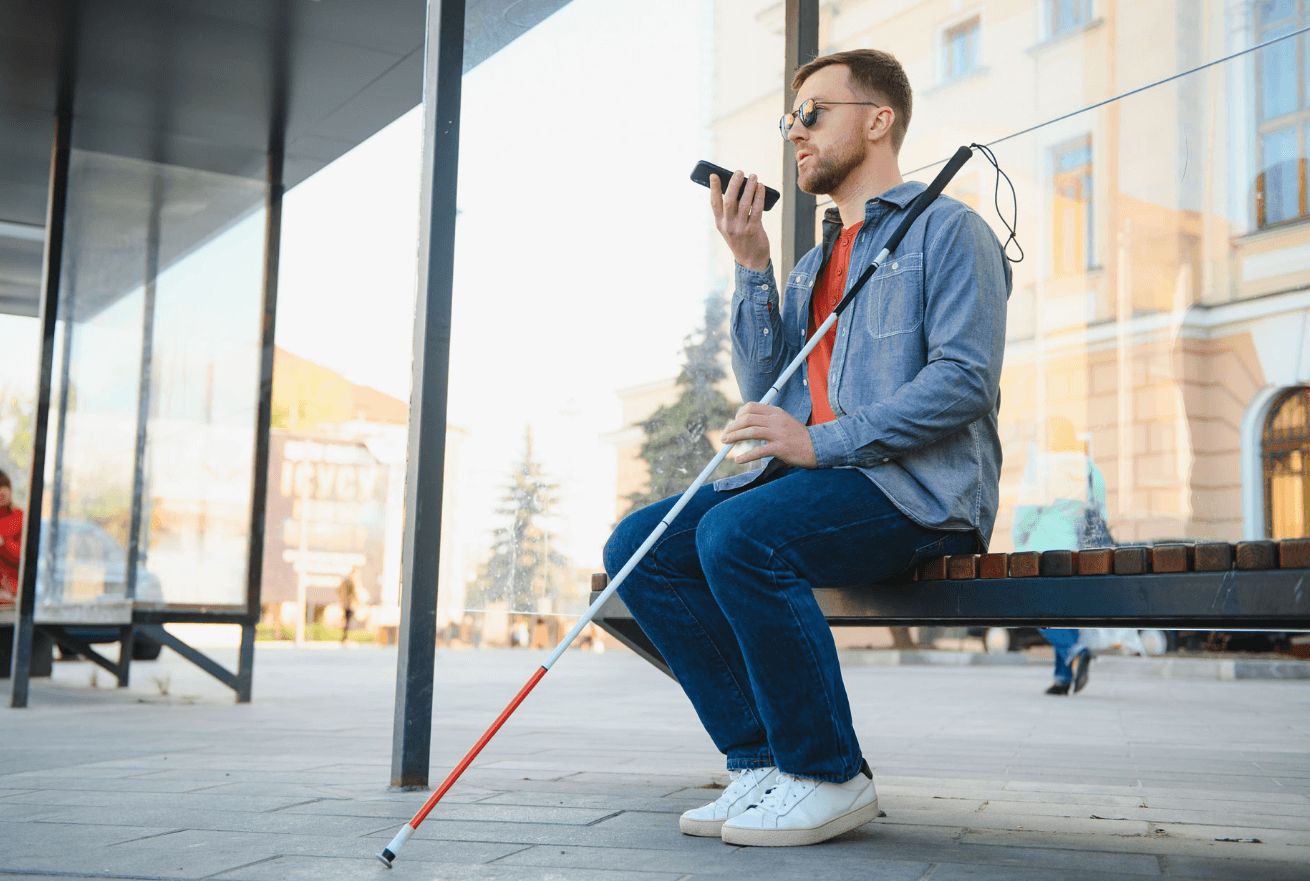- Thriving Guide
- Posts
- Understanding What Blind People Perceive
Understanding What Blind People Perceive
How vision loss affects perception, color, and sensory experiences for those who are blind.

Blindness is not a one-size-fits-all condition. It spans a wide range of vision loss, from partial vision to complete absence of light perception. What blind people “see” depends on the cause, severity, and timing of their vision loss.
Levels of Blindness
Total blindness:
People with total blindness have no visual sensations not even the perception of darkness. This is referred to as "no light perception" (NLP), which affects only about 15% of individuals with an eye disorder.
Blindness with light perception:
Some can detect light sources, such as sunlight or camera flashes, without being able to distinguish color or shapes.
Legal blindness:
In the U.S., legal blindness means having:
Central visual acuity of 20/200 or worse in the better eye (with glasses or contacts).
Peripheral vision limited to a field of 20 degrees or less.
This classification helps determine eligibility for government programs, tax benefits, and assistive devices.
Colors, Shapes, and Depth
Color perception: Those born blind often don’t see colors in the traditional sense. Instead, they may conceptualize color as abstract ideas, much like sighted people imagine abstract concepts like time or emotion.
Shape and depth perception: Blind individuals rely heavily on touch, sound, and spatial awareness to perceive shapes. Techniques such as echolocation using echoes from clicks, snaps, or footstep can provide a sense of distance and object layout.
Residual vision: Many people who lose sight later in life retain limited vision, which might include light detection or vague movement perception.
Visual Memory and Hallucinations
People who were once sighted often draw on visual memory to recall colors, places, or objects. Some experience Charles Bonnet syndrome, which causes vivid visual hallucinations (such as seeing people or patterns) due to significant vision loss.
Blindness and Dreams
Dreams in blind individuals vary depending on when they lost their vision:
Congenitally blind individuals rely on auditory, tactile, and emotional dream experiences.
Those who lost sight after age 5 often retain visual elements in their dreams, including colors and faces.
Late-onset blindness may lead to fading visual imagery over time.
Assistive Tools and Technology
Modern tools allow blind individuals to navigate the world with greater independence:
Screen readers: Convert on-screen text into speech.
Dictation software: Transcribes spoken words into written text.
Braille devices: From embossers to refreshable Braille displays for real-time reading.
Optical character recognition (OCR): Converts printed text into digital speech or Braille.
Sensory substitution devices: White canes and haptic feedback systems help interpret the environment through touch.
Magnifiers: Benefit those with residual vision.
Key Takeaways
Blindness affects people differently, with experiences ranging from residual light perception to no visual input at all. While congenital blindness often excludes visual dreams or color references, those who become blind later in life may retain visual memory for years. Assistive technology continues to expand opportunities for independence and communication.
Share this article or subscribe to our newsletter for more insights.